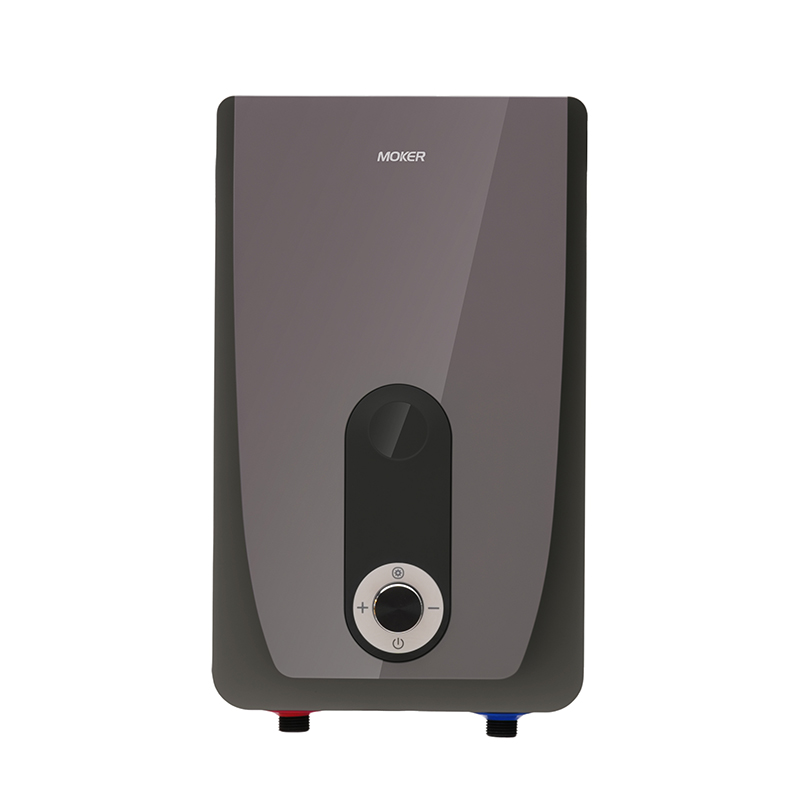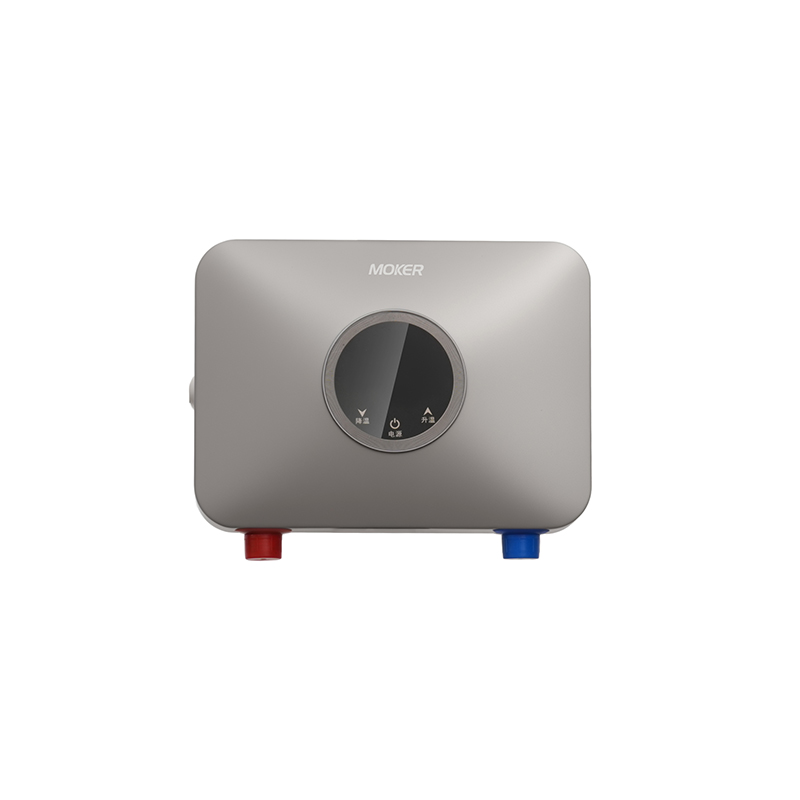Post-Installation Modification Flexibility of Different Water Heaters
Post-installation modification flexibility refers to how easily water heater can be adjusted, expanded, or upgraded after initial installation—adapting to changing household needs like adding a new bathroom, installing a hot tub, or upgrading to energy-saving accessories. This flexibility reduces the need for full unit replacement, saving time and cost. Electric water heater, Tankless Water Heater, Instant water heater, electric tankless water heater, and instantaneous water heater electric each vary in modification potential, based on their structural design and compatibility with add-on components.
Electric water heater offers moderate modification flexibility, focused on accessory upgrades and capacity extensions. Existing Electric water heater can be retrofitted with add-on components like recirculation pumps—these pumps connect to Electric water heater’s inlet/outlet pipes, reducing cold water lag by circulating hot water through pipes continuously. Users can also add insulation blankets to older Electric water heater (if not factory-insulated) to improve efficiency, or install smart thermostats (compatible models) to replace manual dials for better control. For capacity needs, Electric water heater supports “tandem installation”: two existing Electric water heater units can be plumbed together to double hot water output, ideal for families that expand (e.g., adding a child or guest room). However, Electric water heater’s tank size is fixed—users cannot increase the tank’s internal capacity without replacing the entire unit, limiting flexibility for extreme demand growth.
Tankless Water Heater provides high modification flexibility, with options for expansion and . Tankless Water Heater supports “parallel installation”: multiple Tankless Water Heater units can be connected to a single water line, increasing total flow rate to handle new high-demand fixtures (e.g., a hot tub or second shower). Gas-powered Tankless Water Heater can be upgraded with larger gas lines (if initial lines are undersized) to boost heating capacity, while electric Tankless Water Heater allows circuit upgrades (e.g., from 30-amp to 50-amp) for higher power output. Additionally, Tankless Water Heater accepts retrofitted filters (e.g., scale inhibitors) or smart modules (Wi-Fi adapters for non-smart models) to add new features without replacing the unit. The compact design of Tankless Water Heater also makes relocating the unit easier than Electric water heater—useful if a home’s layout changes (e.g., remodeling a utility room).
Instant water heater has limited modification flexibility, restricted to small accessory additions. Most Instant water heater models only support basic upgrades like replacing inlet filters with higher-efficiency variants (to reduce scaling) or adding inline thermostatic mixing valves (to prevent scalding by blending hot and cold water). Instant water heater’s compact size and fixed heating capacity prevent expansion: users cannot connect multiple Instant water heater units in parallel (due to flow rate mismatches) or upgrade heating elements to higher wattages (as internal wiring is sized for specific power levels). Relocating Instant water heater is possible (e.g., moving from one under-sink location to another), but requires re-running short water and electrical lines—feasible but offering little functional improvement. Basic Instant water heater models (no smart features) also cannot be retrofitted with Wi-Fi modules, as they lack compatible control boards.
Electric tankless water heater offers balanced modification flexibility, combining expandability and accessory support. Similar to Tankless Water Heater, electric tankless water heater supports parallel installation: two units can be linked to handle increased demand (e.g., adding a home gym with a shower). electric tankless water heater also accepts retrofitted components like water softener connections (to reduce scale) or digital temperature displays (for models with only analog controls). For power upgrades, electric tankless water heater allows circuit adjustments (if wiring permits) to increase heating capacity—e.g., a 40-amp electric tankless water heater can be upgraded to 50-amp with new wiring, boosting hot water output by 20%. Unlike Instant water heater, electric tankless water heater can also add smart modules (third-party Wi-Fi adapters) to non-smart models, enabling remote control via apps.
Instantaneous water heater electric has minimal modification flexibility, with almost no functional upgrades possible. instantaneous water heater electric’s ultra-compact design and fixed components (micro heating coil, small water chamber) prevent any capacity or power upgrades. Users can only replace worn parts (e.g., inlet filters or power cords) or add basic safety accessories like surge protectors—no features that improve performance or expand functionality. Relocating instantaneous water heater electric is simple (due to its small size and plug-in power), but this is a physical move rather than a modification that enhances use. Even premium instantaneous water heater electric models lack compatibility with smart modules or additional filters, as their internal design leaves no space for add-on components.
Modification flexibility aligns with water heater size and design complexity: Tankless Water Heater and electric tankless water heater offer the most options, followed by Electric water heater, while Instant water heater and instantaneous water heater electric have limited potential. Choosing a water heater based on this flexibility ensures it can adapt to future household changes—whether expanding living space, adding fixtures, or upgrading to new technologies—without requiring premature replacement.





